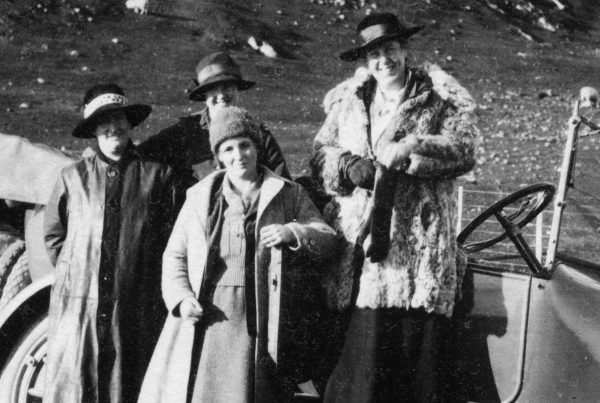
Blame the Sri Lankans.
I was invited recently to host the annual Sri Lanka–New Zealand Friendship Society Quiz Night (yes, it’s a mouthful). Speaking of mouths full, I was plied during the evening with small plastic glasses of red and had just been complimenting the drop when my host pointed out that it had come out of a cask.
“One must be joking,” one said. “One hasn’t had wine from a box since one’s 20s.”
The fact that I thought it “jolly drinkable” and was willing to say so around the office has made me the mocking-Joll of the workplace. So now, having been cast out of the village as a fool, I have resolved to restore honour to the family name by proving the worth of the carton of Chianti, the portmanteau of Pinot, the cardboard cube of Cabernet.
The experiment
On the one hand, a $20 bottle of Merlot with labels removed and the seal broken one hour prior. On the other an identical bottle filled with cask ‘Merlot’.
Our testers: four people who like and drink red wine, but are not professional wine tasters. Their job is simply to identify which was true bottle, and which had been borne of the box.
James: A professional man with a good-sized office who does well enough in his work to be playing golf once a week in office hours.
Barbara: An IT expert currently overseeing a major refit at a semi-private school.
Ben: A professor at Victoria University with the letters PhD after his name and the smartest man in the room by some margin.
Juliette: My wife. A teacher. Most importantly for the purposes of this experiment, she is French and therefore has been drinking red wine since before she could walk. I might have that wrong, but I’m sure there is a relationship between red wine and the ability to walk that needs to be alluded to here.
The results
“As an experiment they’re very close,” says James. “But I’d have to go with Bottle A being the good stuff.”
Barbara agrees. Ben does not. His first act is to sniff the bottles vigorously, which results in James suggesting that sniffing is something he learned growing up in Naenae. He sips and declares Bottle B the flasher of the two.
Juliette takes it one step further and gargles each sample before shaping to spit it out. She agrees with Ben.
Even before revealing which of our two pairs of testers is correct, I have to declare the experiment a success. Four discerning adults who know their wine, and would normally be willing to pay reasonable money for a bottle they liked, cannot agree which of the bottles on offer is filled from a cask. Proof positive that the wine snobs are wrong, and that perhaps in the 20 or so years since we last opened the tap directly above our respective mouths, the liquid in the box has improved.
Given that cask wine is similar in taste and considerably less expensive, perhaps it needs to be considered a viable option — for the ‘at home with dinner’ wine drinker at least.
For the record, James and Barbara were right. The $20 Merlot was in Bottle A.




